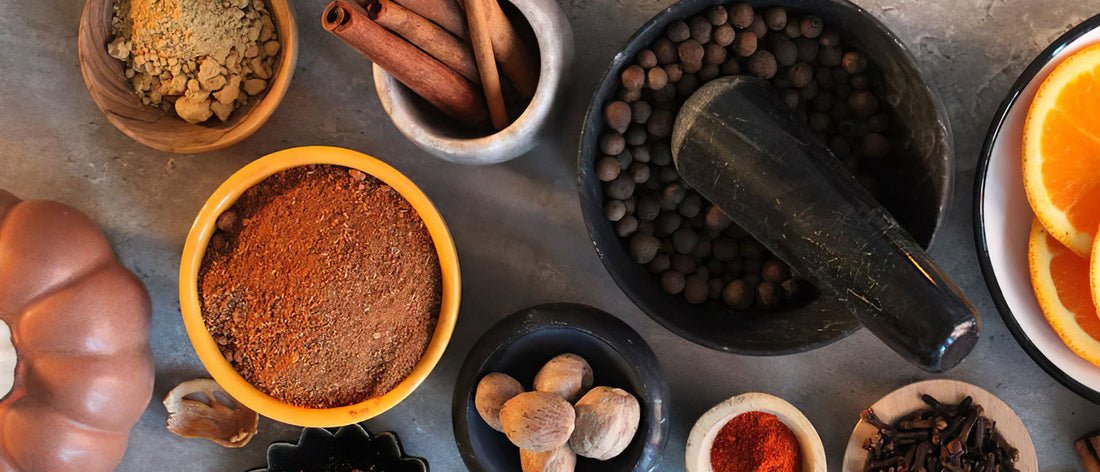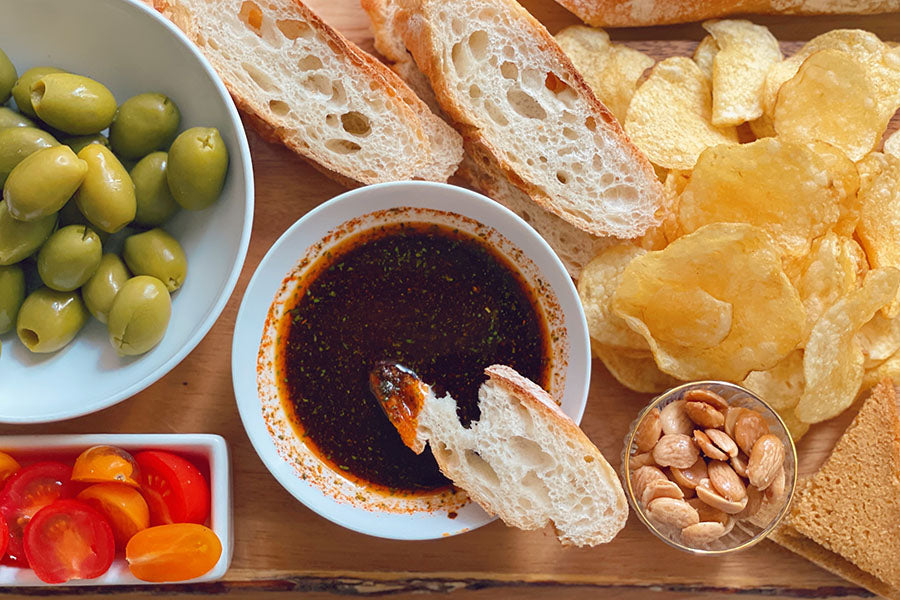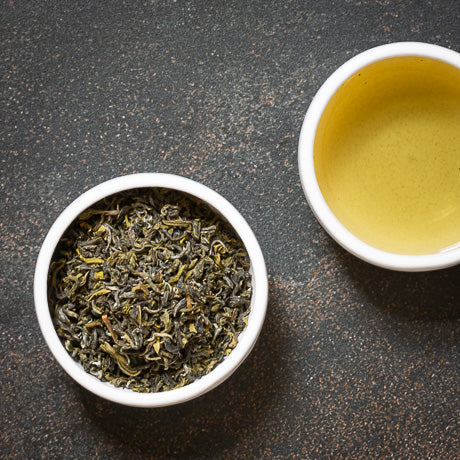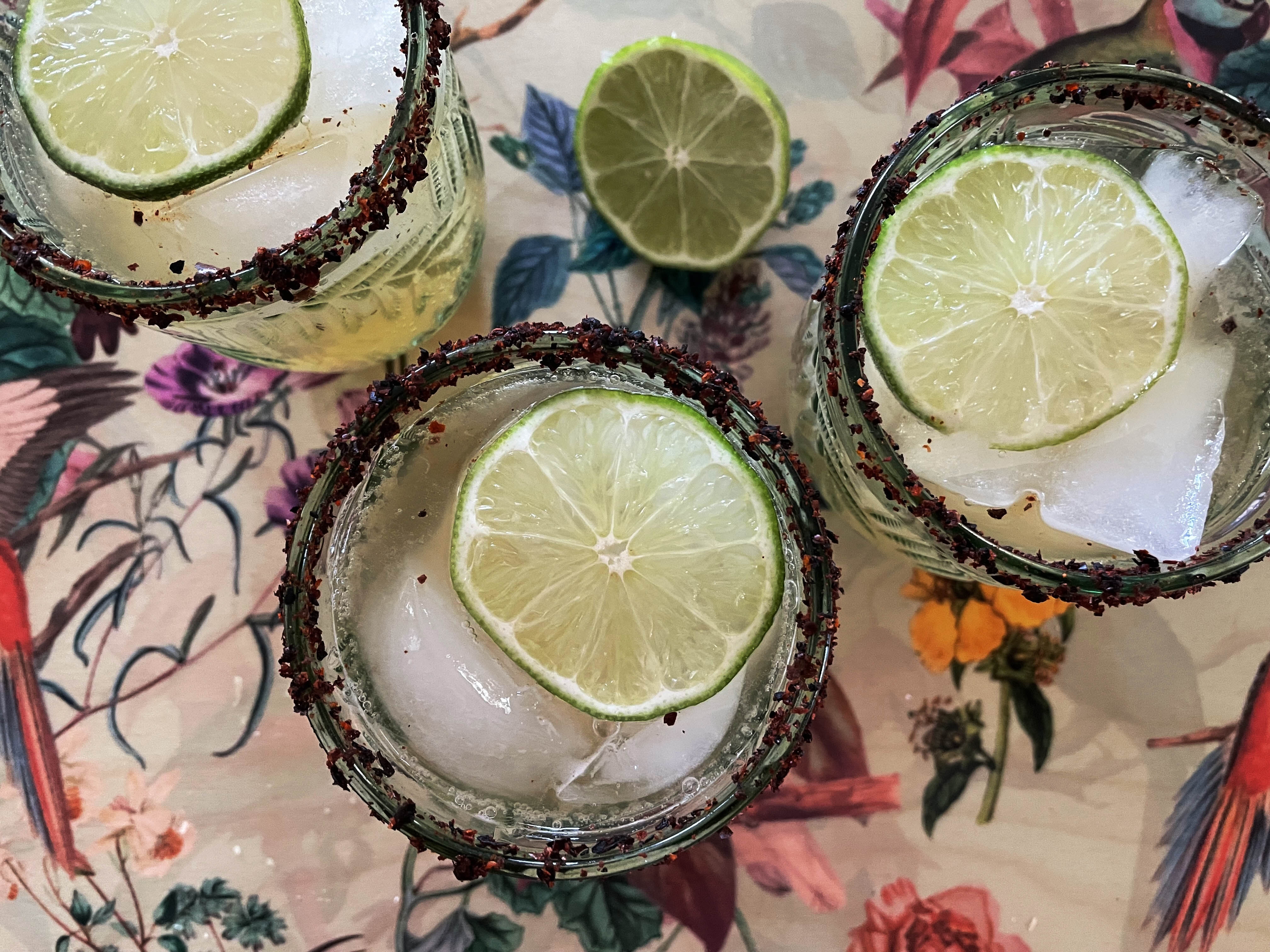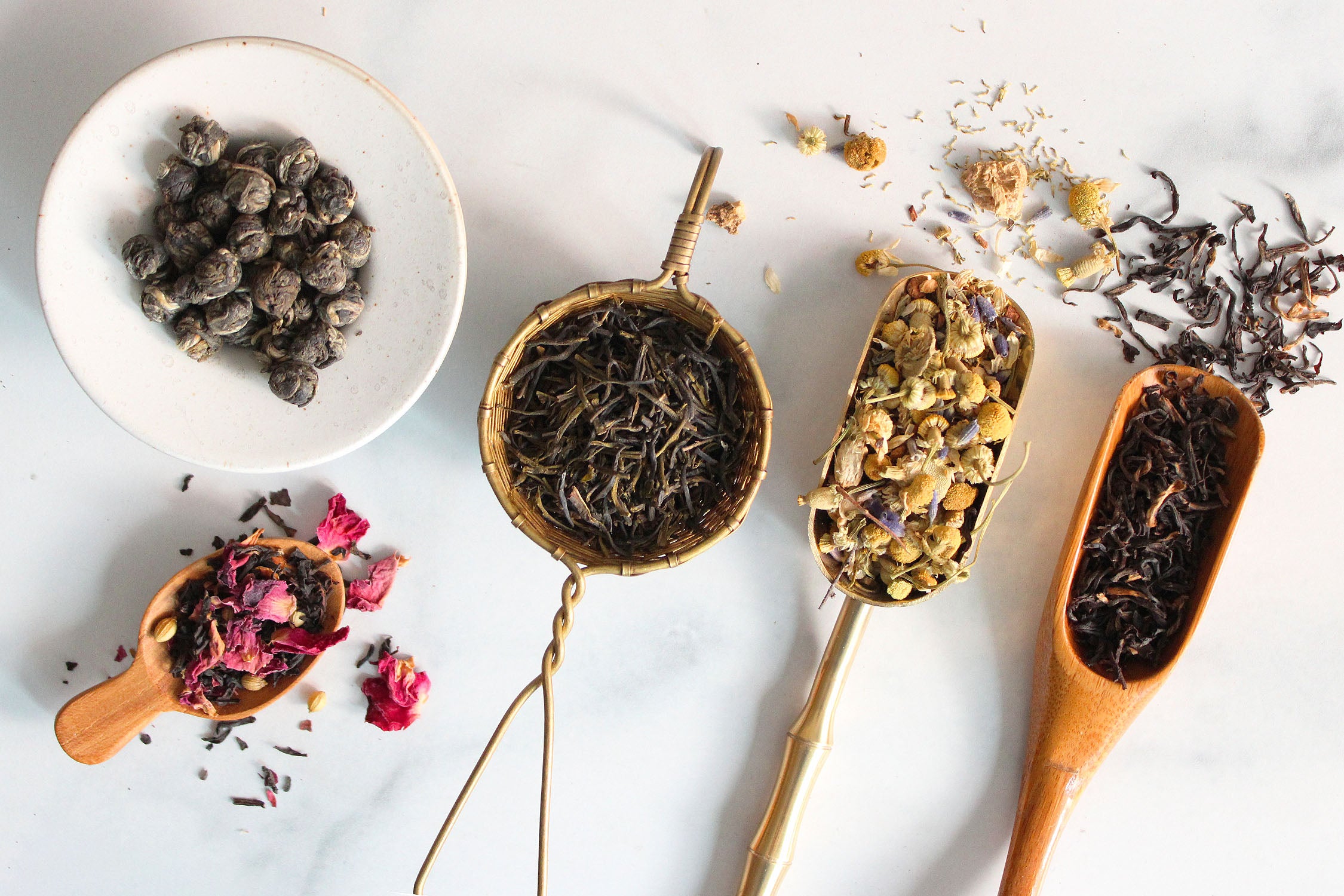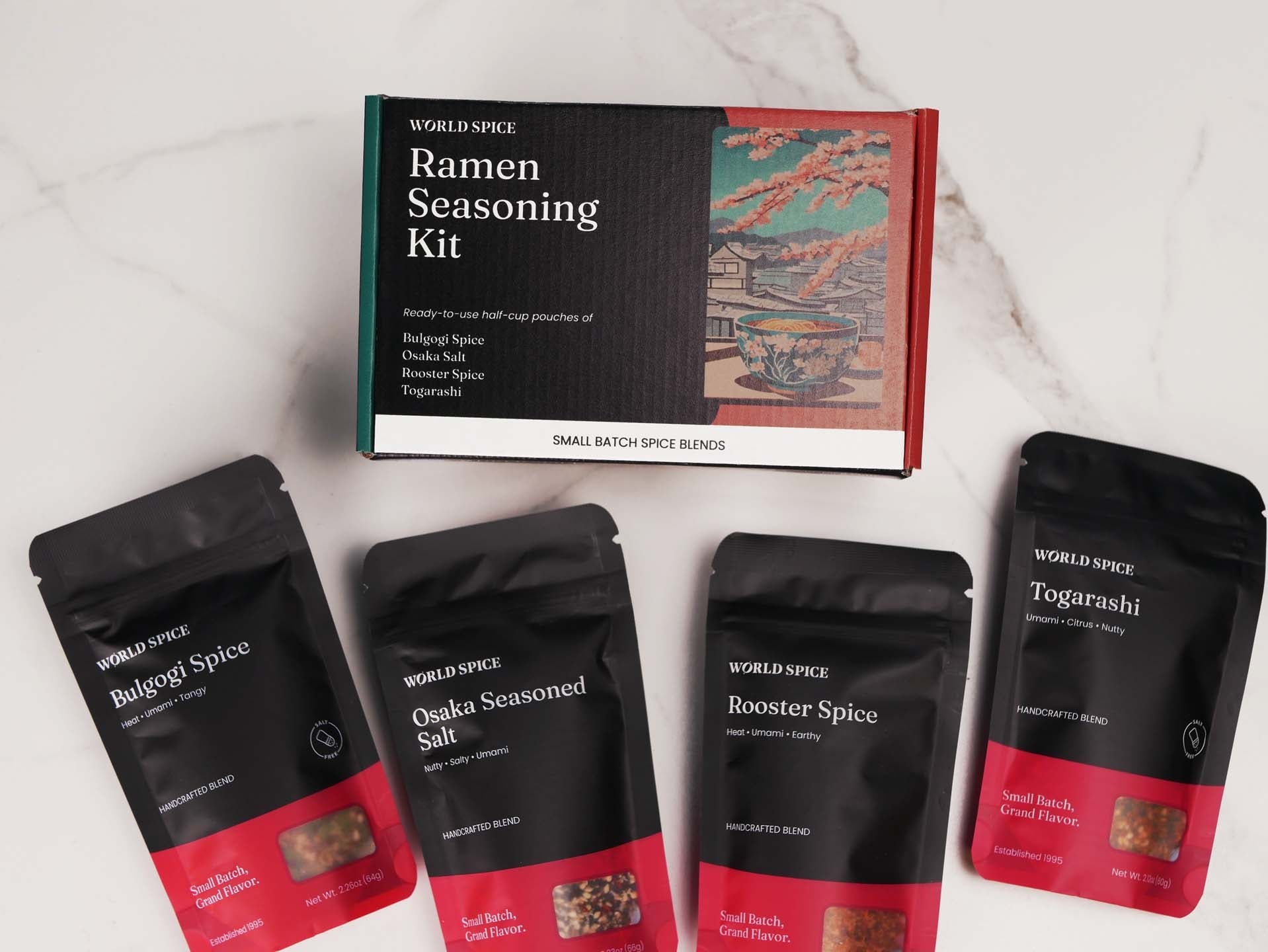Always cook within the season's availability. Winter is the domain of root vegetables and warming spices, whereas summer is filled with lighter fare and bright, fresh flavors. We used chicken, peas and our Madras South Indian Curry for this recipe, but you can try substituting any mix of vegetables, meats, or regional curry powders into the basic recipe below.
Madras Curry
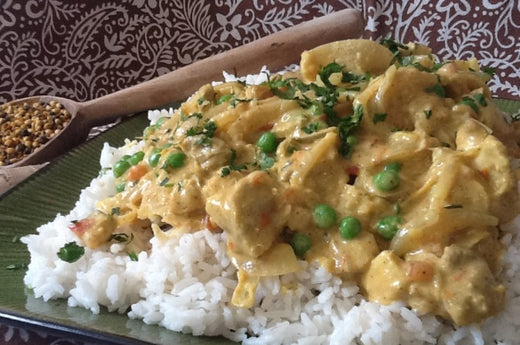
Ever notice how curry tastes better the second day? It's because the flavors have combined into something greater than the sum of their parts. For best results, use the freshest ingredients available.
Always cook within the season's availability. Winter is the domain of root vegetables and warming spices, whereas summer is filled with lighter fare and bright, fresh flavors. We used chicken, peas and our Madras South Indian Curry for this recipe, but you can try substituting any mix of vegetables, meats, or regional curry powders into the basic recipe below.
Always cook within the season's availability. Winter is the domain of root vegetables and warming spices, whereas summer is filled with lighter fare and bright, fresh flavors. We used chicken, peas and our Madras South Indian Curry for this recipe, but you can try substituting any mix of vegetables, meats, or regional curry powders into the basic recipe below.





